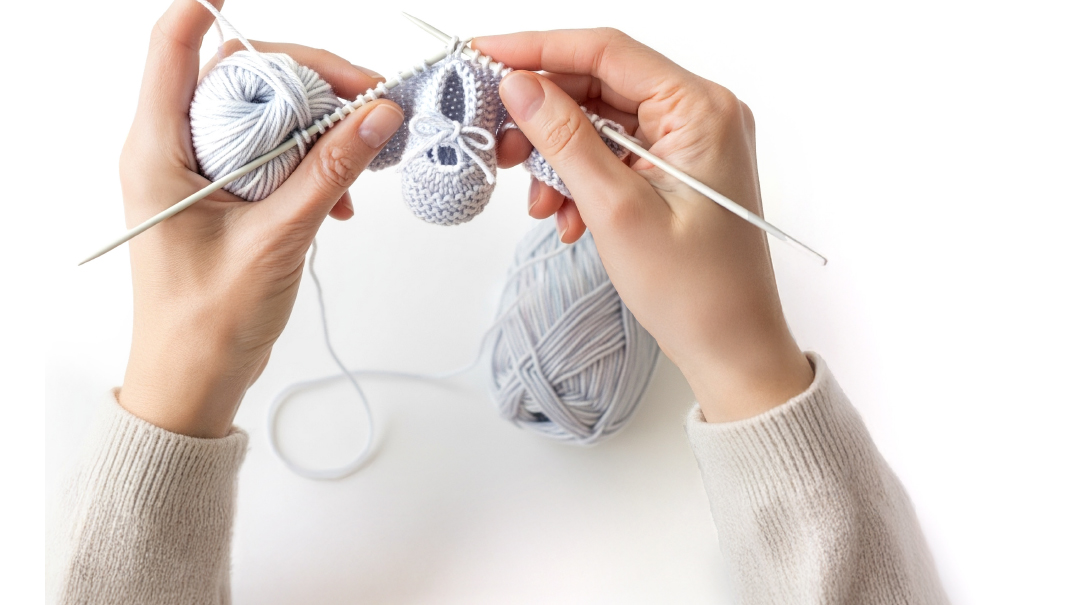From Sour to Strong
| July 1, 2020Educator Shifra Miriam Erlich gives workshops, in which she trains parents to teach kids to bounce back from difficulties, and turn lemons into lemonade

Fifteen years ago, when Shifra Miriam Erlich was a first-grade teacher in Boro Park, she began to notice a trend: Too many of her students were having “allergic reactions” to life —they couldn’t handle when things went wrong. The kids would melt down if they weren’t chosen for something or if the homework was too hard.
Reaching out to parents about the issue, Shifra Miriam encountered the same helplessness she saw in the classroom: the parents themselves felt overwhelmed or distraught when their child faced a challenge, be it academic or social. That’s when Shifra Miriam realized that teaching resilience to her students would only go so far — she had to work with the parents, too.
Her chinuch workshops for mothers and teachers (with specific training in anxiety and self-esteem for children and teens) have been such a success that today she’s certified and employed by the Board of Education, working as a professional development coach in the local frum schools.
Challenge is Opportunity
“If Hashem wanted life to be smooth, He could make it that way,” Shifra Miriam emphasizes in her workshops. “But He wants it to be challenging so there’s opportunity for growth. If everything were perfect, our children would never have to exert any energy and learn about this thing called ‘life.’ ”
In fact, she continues, the fact that things go wrong has been built into the very essence of the world. She quotes an idea from Rabbi Avraham Chaim Carmell, who cites the Maharal and Rav Dessler: “On each of the six days of creation, something went ‘wrong,’ yet the Midrash says that at the end of creation, Hashem marveled at His work and said, “V’hinei tov meod — Behold it is very good,” despite, or maybe because of, the imperfections.
“Even if on Day One, the light was too strong,” Shifra Miriam explains, “and on Day Two, the waters fought over their distance from Hashem, and on Day Three, the trees’ bark wasn’t edible as intended, and on Day Four, the moon wasn’t happy about its size, and so on, that was exactly how it was meant to be.” So, too, in our lives: However things work out, whether we perceive it as good or bad, it’s tov meod.
But kids today often lack that perspective. “They’re part of a generation that was brought up on instant gratification,” says Shifra Miriam. “And because they were never taught to plow through difficulties, the minute life doesn’t go their way, they fall apart.”
It’s undeniably hard to watch children struggle with problems. “When our children suffer, we just want to fix it for them,” Shifra Miriam acknowledges. “But if we don’t teach them to handle difficulties and we wipe away the boo-boo, they become allergic to life, blowing up over the smallest of things.”
In her workshops, Shifra Miriam points out that all children have their portion of pain written down in Shamayim — and nothing a parent does can take that away. What we can do is be emotionally supportive and model helpful ways for them to navigate their challenges.
Oops! We could not locate your form.












